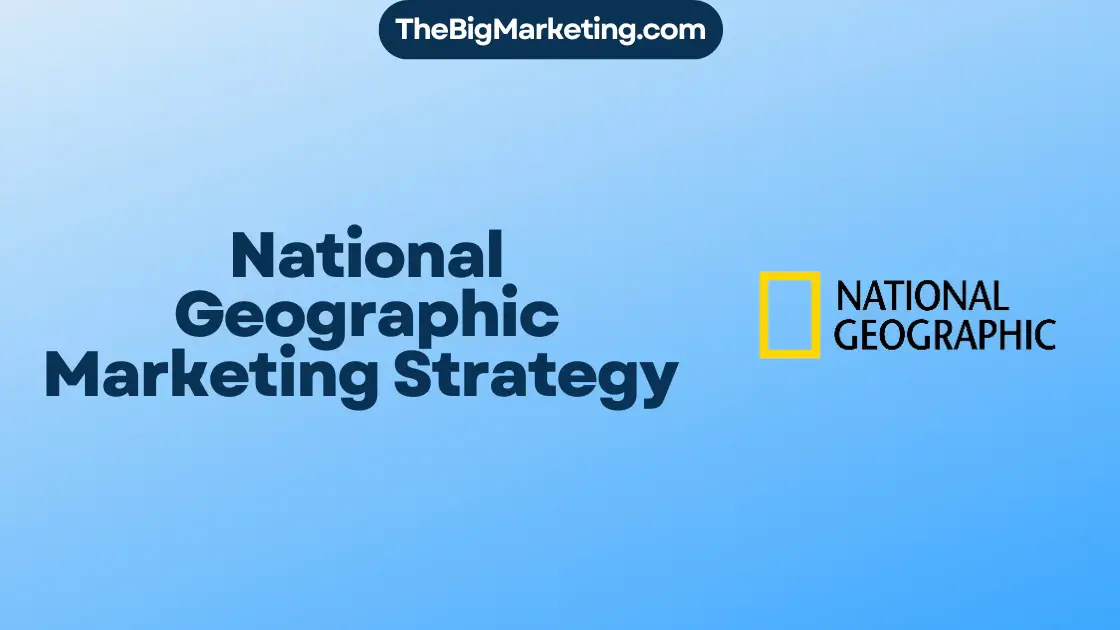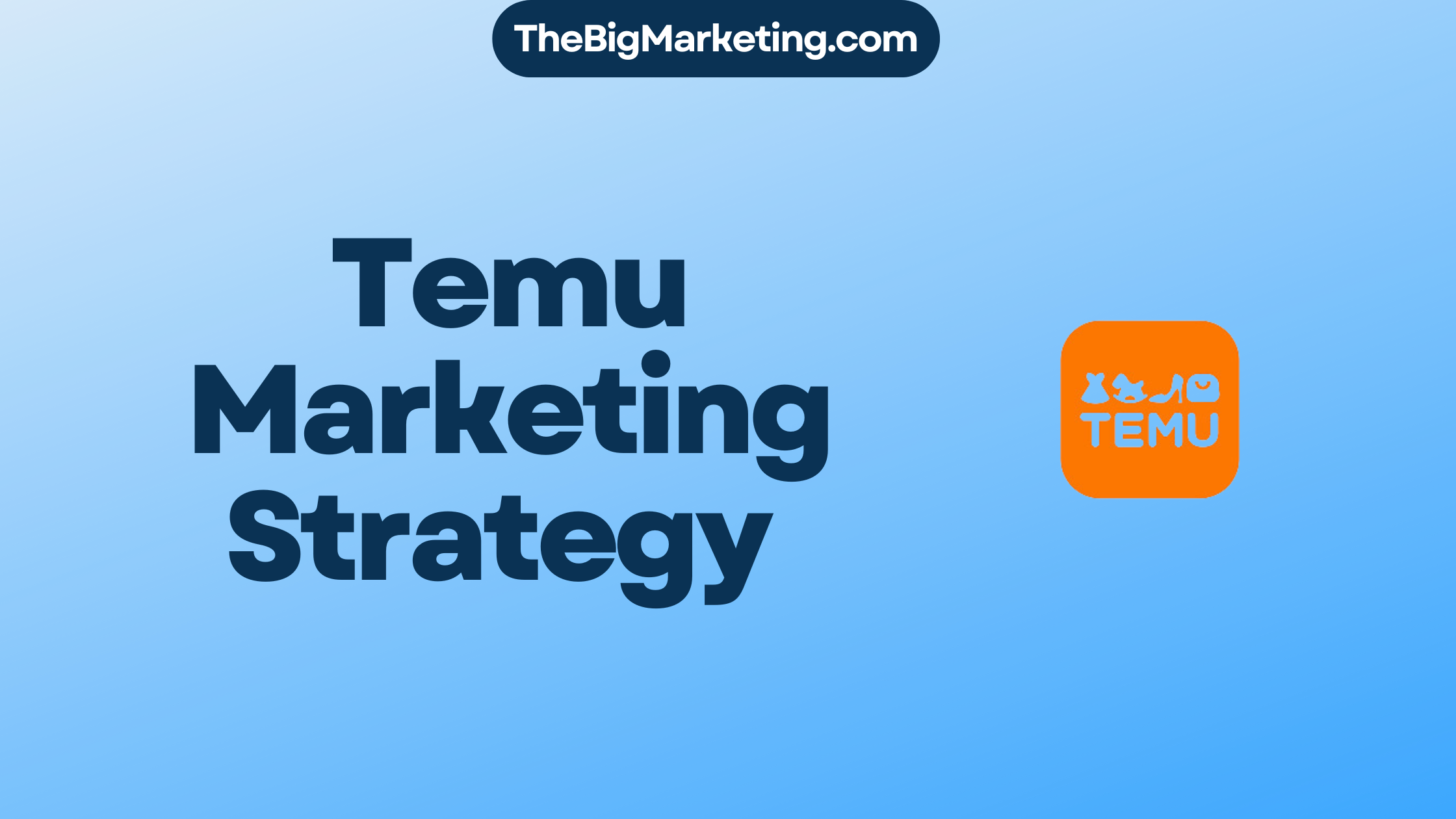Today, we delve into a comprehensive case study on PayPal’s marketing strategy for 2024. As a leader in the online payment industry, PayPal has employed a variety of digital marketing tactics to enhance its brand presence, attract new customers, and drive e-commerce growth. From online payment promotions to targeted email marketing, PayPal’s strategies are designed to ensure customer retention and solidify its position in the market.
Let’s explore how PayPal leverages social media advertising campaigns, implements SEO optimization, and incorporates branding strategies to stay ahead in the digital finance landscape. By analyzing the data from various sources, we can gain valuable insights into the successful marketing strategies implemented by PayPal.
Key Takeaways:
- PayPal implements a range of digital marketing tactics to drive e-commerce growth and enhance its brand presence.
- Their strategies include online payment promotions, targeted email marketing, and social media advertising campaigns.
- PayPal focuses on customer retention through customized strategies and effective branding techniques.
- Optimizing SEO and leveraging digital channels are essential components of PayPal’s marketing success.
- Through innovative marketing approaches, PayPal continues to solidify its position as a leader in the online payment industry.
PayPal’s Evolution from Confinity to Independence
PayPal, originally known as Confinity, was founded in 1998 by Max Levchin, Peter Thiel, and Luke Nosek. The trio had a vision of creating a secure digital wallet for Palm Pilot payments. Over the years, PayPal experienced significant growth and underwent various mergers and acquisitions that shaped its trajectory.
One pivotal moment in PayPal’s history was its merger with X.com, an online banking company founded by Elon Musk. The merger brought together the innovative ideas and expertise of both companies. However, it was PayPal’s unique digital payment platform that caught the attention of eBay in 2002.
eBay recognized the potential of PayPal’s technology and the value it could bring to its online marketplace. As a result, eBay acquired PayPal for a staggering $1.5 billion, solidifying PayPal’s position in the online payment industry. Under eBay’s ownership, PayPal continued to grow and expand its reach.
Fast forward to 2015 when PayPal became independent from eBay and transitioned into PayPal Holdings Ltd. This move marked a significant milestone in PayPal’s evolution, allowing the company to focus on its own strategic direction and further innovate its services.
Today, PayPal remains a leading player in the digital payment industry, providing individuals and businesses with a secure and convenient way to send and receive money online. Its journey from Confinity to independence is a testament to the company’s resilience, adaptability, and commitment to revolutionizing the way we conduct financial transactions.
PayPal’s Branding and Positioning
PayPal’s brand is synonymous with convenience, security, and cost-effective digital transactions. With its commitment to providing a seamless payment experience, PayPal has become a trusted name in the online payment industry.
One of PayPal’s key strategies is to redefine financial services in the digital era. This vision is reflected in their powerful tagline, “There’s a New Money in Town,” which captures their drive to revolutionize the way money is managed and exchanged.
As a testament to its success, PayPal’s brand value is estimated at $51.7 billion. This incredible value showcases the trust and confidence users place in PayPal’s platform and services. Additionally, PayPal’s revenue stands at an impressive $10.79 billion, highlighting its position as a market leader and revenue generator in the digital payment industry.
When it comes to branding and positioning, PayPal has successfully established itself as a reliable and innovative player in the financial technology sector. By offering a platform that ensures convenience, security, and cost-effectiveness, PayPal continues to shape the future of digital finance.
Stay tuned for the next section, where we will explore PayPal’s comprehensive marketing mix (4Ps) and how it contributes to the company’s ongoing success.
PayPal’s Marketing Mix (4Ps)
PayPal’s marketing mix encompasses strategic elements that contribute to its success in the online payment industry. Let’s delve into each component:
1. Product
PayPal offers a unique platform that enables secure and convenient digital transactions. With its user-friendly interface and robust features, PayPal provides individuals, businesses, and merchants with a seamless payment experience. The product’s global presence ensures accessibility across various markets.
2. Price
PayPal’s fee structure varies based on transaction volume and the type of payment. Its competitive advantage lies in its ability to offer competitive rates that align with industry standards. This pricing strategy attracts both individual consumers and businesses, fostering growth and customer loyalty.
3. Promotion
PayPal’s promotion efforts focus on highlighting its unique value propositions, such as convenience, security, and global accessibility. The company utilizes various marketing channels, including digital advertising, social media campaigns, and targeted email marketing, to reach its target audience effectively. By emphasizing its brand equity and competitive advantages, PayPal strengthens its market position.
4. Place
PayPal’s distribution strategy centers around its digital platform, making it easily accessible to users across the globe. Its extensive global presence ensures that individuals and businesses can utilize PayPal’s services regardless of their geographic location. This global accessibility contributes to PayPal’s brand equity and market dominance.
PayPal’s Marketing Mix Overview
| Component | Description |
|---|---|
| Product | PayPal’s unique platform and global presence |
| Price | Competitive fees based on transaction volume |
| Promotion | Emphasizing convenience, security, and global accessibility |
| Place | Digital platform with global accessibility |
By effectively utilizing its marketing mix, PayPal maintains its competitive edge and continues to thrive in the online payment industry.
PayPal’s Segmentation, Targeting, and Positioning (STP)
One of the key components of PayPal’s marketing strategy is its effective segmentation, targeting, and positioning (STP) approach. By employing psychographic and demographic segmentation, PayPal is able to identify and target specific customer groups with tailored strategies that address their unique needs.
Psychographic segmentation involves dividing customers based on their values, beliefs, interests, and lifestyles. PayPal uses this segmentation to understand the preferences and behaviors of individual consumers and merchants, allowing them to create targeted marketing campaigns that resonate with their target audience.
Demographic segmentation, on the other hand, categorizes customers based on factors such as age, gender, income, and occupation. By considering demographic characteristics, PayPal is able to tailor its offerings to specific customer segments, ensuring that its products and services align with their needs and preferences.
Through its tailored targeting strategies, PayPal aims to provide a personalized experience for consumers and merchants. By understanding the psychographic and demographic profiles of its target audience, PayPal can develop marketing messages that speak directly to their desires and pain points.
Product class positioning plays a crucial role in PayPal’s marketing strategy. The company emphasizes innovation and convenience as key differentiators in the digital and mobile payments platform. By positioning itself as a leader in the industry, PayPal is able to attract and retain customers who value a seamless and secure payment experience.
Brand visibility is another essential aspect of PayPal’s STP strategy. The company has invested in building a strong brand presence through various marketing channels, including social media, advertising campaigns, and targeted email marketing. By increasing brand visibility, PayPal enhances customer recognition and builds trust, further solidifying its position as a trusted provider of online payment solutions.
Overall, PayPal’s customer-centric approach, combined with its effective psychographic and demographic segmentation, tailored targeting strategies, product class positioning, and brand visibility efforts, enables the company to remain competitive in the dynamic digital payment landscape.
PayPal’s SWOT Analysis
As a leading player in the online payment industry, PayPal possesses numerous strengths that contribute to its success. One of its key strengths is its unique platform, which offers users a seamless digital payment experience. With its global presence spanning over numerous countries, PayPal has established itself as a trusted and widely recognized brand.
However, PayPal also faces certain weaknesses, such as its dependence on digital infrastructure. Any disruptions in the digital ecosystem could impact PayPal’s operations and customer experience. Additionally, intense competition within the online payment industry poses a challenge to PayPal’s market share.
Despite these challenges, PayPal has identified various opportunities for growth. The emerging fintech trends present new avenues for PayPal to innovate and expand its product offerings. Furthermore, there is significant scope for market expansion as more businesses and consumers adopt digital payment methods.
Nevertheless, PayPal also faces threats, including regulatory challenges and cybersecurity risks. As governments implement stricter regulations on the financial industry, PayPal must navigate these regulatory landscapes to ensure compliance. Cybersecurity risks also pose a challenge, given the increasing frequency and sophistication of cyberattacks.
Overall, PayPal’s strengths and unique platform, along with its global presence, position the company for continued success. While weaknesses, such as the dependence on digital infrastructure, exist, opportunities stemming from emerging fintech trends and market expansion further strengthen PayPal’s growth prospects. It is important for PayPal to address threats related to regulatory challenges and cybersecurity risks to sustain its market leadership.
PayPal in the BCG Matrix
Within the BCG Matrix framework, PayPal’s consumer segment and merchant segment are positioned as stars due to their significant growth potential. Stars represent business units with high growth rates and high market shares, indicating a strong position in their respective markets.
For PayPal, the consumer segment refers to individual users who rely on the platform for online transactions, while the merchant segment includes businesses that leverage PayPal’s payment solutions to facilitate customer transactions. Both segments exhibit promising growth prospects, fueled by the increasing adoption of digital payments and e-commerce.
PayPal’s continuous efforts to enhance its platform’s features and user experience nurture these stars. By providing convenient, secure, and cost-effective payment solutions, PayPal strengthens its market position and drives growth in these segments. Strategic initiatives, such as targeted marketing campaigns and partnerships with e-commerce platforms, further contribute to PayPal’s success in the consumer and merchant segments.
With its robust growth potential, PayPal’s positioning as stars within the BCG Matrix underscores the company’s ability to capitalize on the evolving payment landscape and seize opportunities in the digital economy.
| Market Growth | Market Share | Position | |
|---|---|---|---|
| Consumer Segment | High | High | Stars |
| Merchant Segment | High | High | Stars |
PayPal’s Expansion Strategies Through Partnerships and Acquisitions
As part of its growth and diversification efforts, PayPal has strategically formed partnerships and made strategic acquisitions to expand its offerings and tap into new markets. These strategic initiatives have allowed PayPal to strengthen its position in the online payment industry and offer a wider range of services to its customers.
Strategic Partnerships
One of PayPal’s notable strategic partnerships is with Venmo, a popular peer-to-peer payment platform. By partnering with Venmo, PayPal has been able to tap into the growing market of millennials who use Venmo for seamless and convenient money transfers. This partnership has not only expanded PayPal’s customer base but also enhanced its mobile payment capabilities.
Furthermore, PayPal’s strategic partnership with Braintree, a leading payment gateway provider, has allowed the company to offer a more comprehensive suite of payment solutions to merchants. Braintree’s technology and expertise in payment processing have complemented PayPal’s offerings, enabling the company to provide a seamless payment experience to both consumers and businesses.
Acquisitions
In addition to strategic partnerships, PayPal has also made strategic acquisitions to bolster its capabilities and enter new markets. One of the significant acquisitions was that of Venmo itself. By acquiring Venmo, PayPal gained access to its fast-growing user base and expanded its presence in the mobile payment space.
Another notable acquisition by PayPal was Braintree. This acquisition not only brought Braintree’s technology under PayPal’s umbrella but also gave PayPal access to Braintree’s customer base, which includes major companies like Uber and Airbnb. Through this acquisition, PayPal has been able to diversify its offerings and tap into new market segments.
These strategic partnerships and acquisitions have been instrumental in PayPal’s expansion strategy. By joining forces with industry leaders and acquiring innovative companies, PayPal has diversified its offerings and enhanced its presence in key markets. This strategic approach has allowed PayPal to stay competitive in the rapidly evolving online payment industry.
| Company | Year of Acquisition | Strategic Benefits |
|---|---|---|
| Venmo | 2013 | Expanded customer base, strengthened mobile payment capabilities |
| Braintree | 2013 | Access to major merchants, enhanced payment processing technology |
By strategically partnering with Venmo and acquiring Braintree, PayPal has been able to diversify its offerings, tap into new markets, and stay at the forefront of the digital payment industry.
PayPal’s Impact on the Online Payment Landscape
PayPal has played a pivotal role in revolutionizing the online payment industry. Through its innovative solutions and customer-centric approach, PayPal has transformed the way individuals and businesses conduct digital transactions.
With its convenient and secure platform, PayPal has become a leader in the online payment landscape. Users can easily make payments and transfer funds with just a few clicks, eliminating the need for traditional and time-consuming payment methods.
One of the key benefits of PayPal is its commitment to providing a customer-centric experience. By understanding the needs and preferences of its users, PayPal has continuously improved its platform to offer seamless and user-friendly services. Whether it’s sending money to family and friends, purchasing products from online retailers, or receiving payments for freelance work, PayPal’s intuitive interface ensures a smooth and hassle-free experience.
Moreover, PayPal’s focus on innovation has driven the adoption of digital finance solutions. Its introduction of mobile payment options and integration with various e-commerce platforms has reshaped the way businesses operate in the digital age. By embracing new technologies and adapting to changing market trends, PayPal has solidified its position as a frontrunner in the digital finance industry.
Additionally, PayPal has made it a priority to prioritize security measures to safeguard users’ financial information. With stringent encryption protocols and advanced fraud detection systems, PayPal ensures that transactions are secure and protected from unauthorized access.
In summary, PayPal’s impact on the online payment industry is undeniable. Its digital finance solutions, innovative approach, and customer-centric focus have reshaped the way individuals and businesses conduct transactions. As the online payment landscape continues to evolve, PayPal remains at the forefront of innovation, driving the industry forward.
Conclusion
In conclusion, PayPal’s marketing strategy for 2024 demonstrates the company’s commitment to innovation and customer-centricity. With its unique platform and global presence, PayPal has successfully positioned itself as a leader in the online payment industry. By leveraging effective branding, a well-executed marketing mix, targeted segmentation, and strategic partnerships, PayPal has achieved significant success.
Key takeaways from PayPal’s marketing strategy include the importance of convenience, security, and cost-effectiveness in digital transactions. By focusing on these attributes, PayPal has built a strong brand that resonates with consumers and merchants alike. The company’s continuous efforts to adapt to emerging fintech trends and expand into new markets contribute to its future prospects.
Looking ahead, PayPal is poised for continued growth and success. With a solid foundation and a customer-centric approach, the company is well-positioned to navigate the evolving landscape of the online payment industry. By staying ahead of the curve and embracing new technologies, PayPal will continue to drive innovation and provide a seamless experience for its users.






